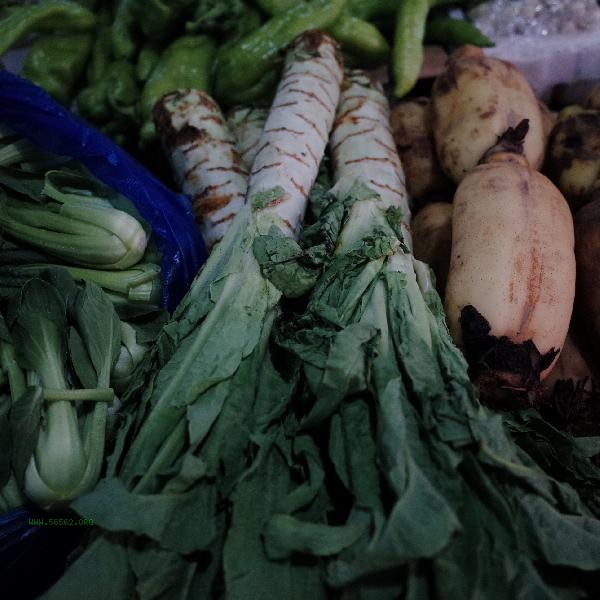Eating vegetables such as broccoli, spinach, celery, cucumber, and tomato during weight loss has a significant effect. These vegetables are low in calories and rich in dietary fiber, which helps increase satiety and promote metabolism.

1. broccoli
broccoli is rich in vitamin C and dietary fiber, with only about 35 calories per 100 grams of calories. Its unique sulforaphane can help accelerate fat metabolism, and it is recommended to steam or blanch when cooking to preserve nutrients. People with gastrointestinal sensitivity should pay attention to avoiding excessive consumption that can cause bloating.
2. Spinach
Spinach is rich in iron and chlorophyll, which can promote blood circulation and help detoxify. Cold dishes or stir fried dishes can maximize the retention of folic acid content, but patients with kidney stones should control their intake to avoid exacerbating the condition by depositing calcium oxalate.
3. Celery
Celery contains 95% water and a large amount of coarse fiber, and the chewing process itself can burn calories. The apigenin it contains has a diuretic effect and is suitable for individuals with edematous obesity, but those with low blood pressure should consume it with caution to avoid low blood pressure.

4. Cucumber
Propanedioic acid in cucumber can inhibit the conversion of sugars into fat, and consuming it with the skin can obtain more potassium elements. As a representative of negative calorie foods, slicing and eating raw after refrigeration can enhance satiety. For those with cold stomach, it is recommended to season with ginger juice. Tomato lycopene has antioxidant properties and can reduce visceral fat accumulation. Eating raw can supplement vitamin C, and heating it is more conducive to the absorption of lycopene. Eating a large amount on an empty stomach may stimulate stomach acid secretion, so it is recommended to pair it with a small amount of nuts.
During weight loss, it is recommended to consume these vegetables in three meals, with a total daily intake of around 500 grams. Broccoli and spinach are suitable as substitutes for lunch staple food, while cucumber and tomato can be added as an extra meal. Pay attention to using low-fat cooking methods such as quick stir frying with less oil and cold mixing to avoid nutrient loss. At the same time, it is necessary to combine whole grains and high-quality protein to ensure nutritional balance, and combine aerobic exercise for better results. Individuals with special physical conditions should consult a nutritionist to adjust their diet, such as thyroid patients who need to control their intake of cruciferous vegetables.









Comments (0)
Leave a Comment
No comments yet
Be the first to share your thoughts!